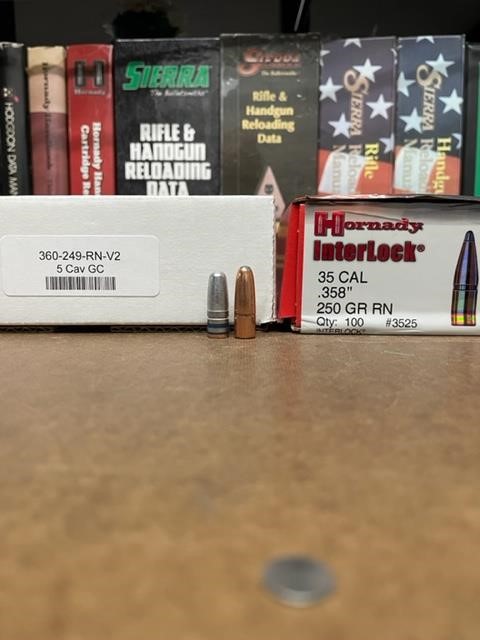I've noticed in the tech sheets in the Fouling Shot that most shooters use heavy for caliber bullets. Why are heavy for caliber bullets more accurate? Is it the better BC? Do longer bullets align better in the bore? I'm interested in your opinions and experience.
Tyler
























